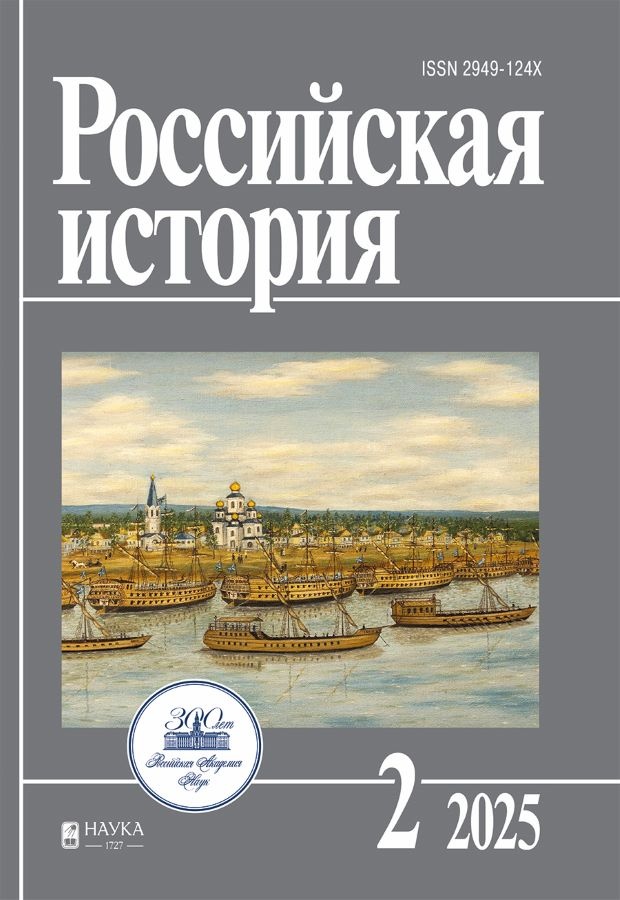Couriers and a teletype. Channels of communication between Moscow and the Soviet embassy in Berlin in 1918
- Authors: Vatlin A.1
-
Affiliations:
- Lomonosov Moscow State University
- Issue: No 2 (2025)
- Pages: 159-176
- Section: Rus&world
- URL: https://rjraap.com/2949-124X/article/view/685856
- DOI: https://doi.org/10.31857/S2949124X25020239
- EDN: https://elibrary.ru/EDBFRP
- ID: 685856
Cite item
Abstract
The article examines the extent to which scientific and technical progress accelerating during the First World War led to “communication revolution” that radically accelerated diplomatic correspondence channels, thereby ensuring a new speed and quality of foreign policy decision making. The focus is on the development of the communication mechanisms between the Plenipotentiary representation of Soviet Russia in Berlin, which operated from April to November 1918, and the Kremlin. These mechanisms represented a unique combination of both old means of communication – diplomatic mail – and new technology – teletype. Based on the analysis of their practical use, a conclusion is made that Soviet diplomacy mastered technical innovations “on the fly” within a few months, which was an important factor for ensuring a “peaceful breathing space” for Soviet Russia.
Full Text
About the authors
Alexander Vatlin
Lomonosov Moscow State University
Author for correspondence.
Email: otech_ist@mail.ru
Doctor of Historical Sciences, Professor
Russian Federation, MoscowReferences
- Baumgart W. Deutsche Ostpolitik 1918: von Brest-Litowsk bis zum Ende des Ersten Weltkrieges. Wien; München, 1966.
Supplementary files










